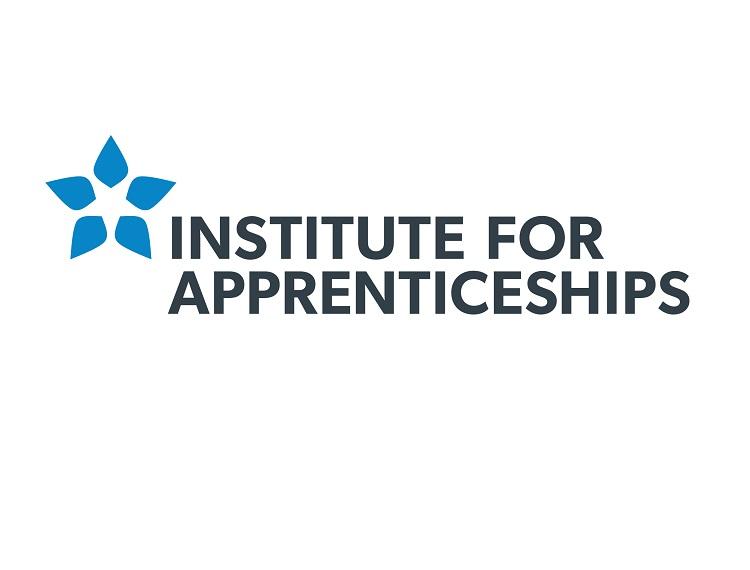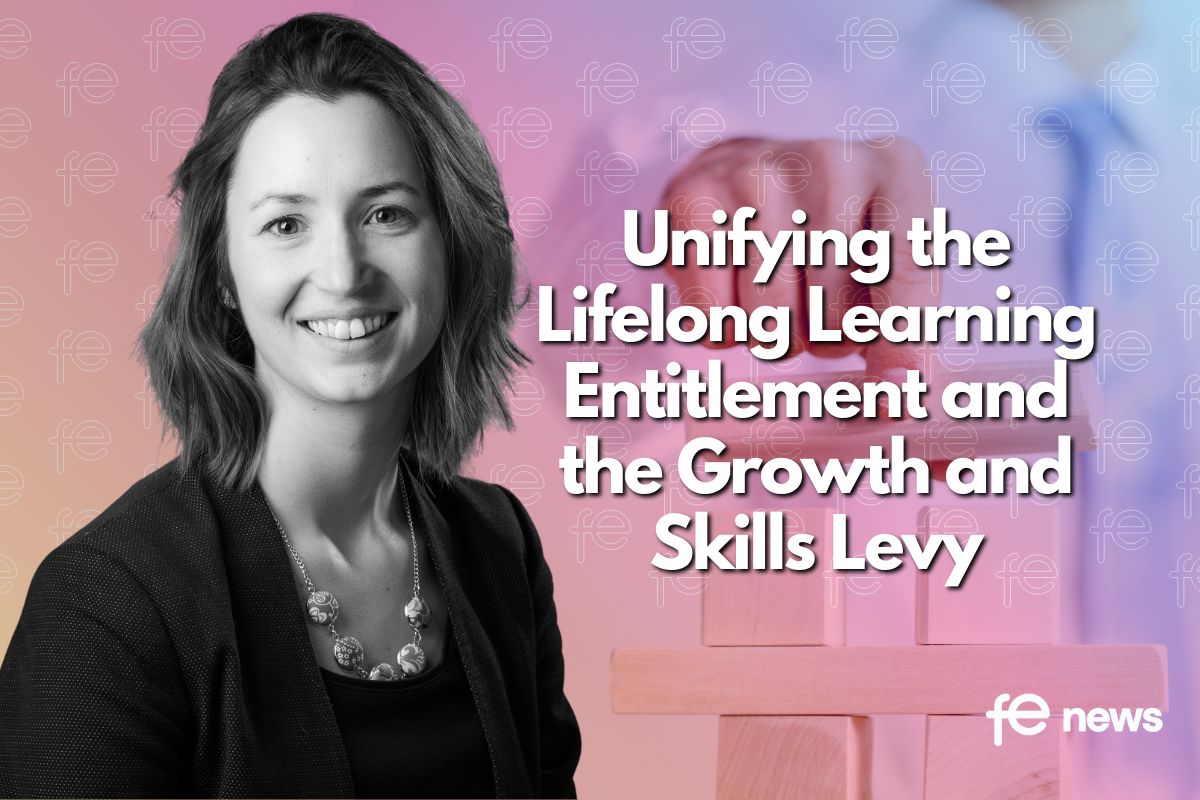Learning and skills teacher

Reference Number: ST0149
Details of standard
Role/ Occupation
Learning and Skills Teacher (LST)
Duration
Minimum 24 months
The Learning and Skills Teacher (LST) is ‘dual-professional’, having first achieved competence in a vocational or subject specialism and then subsequently trained as a teacher. This means that many teachers in the Education and Training Sector (ETS) begin teaching as a second, or even later, career. The LST role is pivotal to the success of traineeship and apprenticeship programmes, in delivering effective vocational education and training that meets both learners’ and employers’ needs.
LSTs teach young people and adults within all parts of the ETS, including: work based/independent training provision; further, adult and higher education; offender-learning; and the voluntary sector. LSTs are responsible for planning and delivering learning that is current, relevant, challenging, and that inspires learners to engage and achieve their full potential. LSTs collaborate closely with colleagues and other ETS professionals in supporting learner progress. LSTs ensure the physical, psychological and social wellbeing of learners.
The LST apprenticeship requires development of the following professional behaviours, skills and knowledge:
Professional behaviours. The Learning and Skills Teacher will:
- Operate at all times to ethical and legal standards and within professional boundaries
- Value diversity and actively promote equality of opportunity and inclusion
- Be resilient and adaptable when dealing with challenge and change, maintaining focus and self-control
- Promote a passion for learning and high expectations of all learners
- Model exemplary communication skills with learners and in all professional relationships
- Be a role model for the effective use of current, digital and mobile technologies in support of teaching and learning
- Underpin their practice by reference to professional standards and evidence-based teaching and learning
| The Learning and Skills Teacher will be able to: | The Learning and Skills Teacher will understand: |
|
Plan learning to: |
Principles of effective programme design |
|
S1 meet programme requirements and deliver learning outcomes in a realistic context |
K1 how to organise and combine syllabus outcomes into meaningful/realistic learning opportunities |
|
S2 ensure that learning activities are authentic in relation to workplace practice |
K2 current and emerging workplace practice |
|
S3 encourage learners to develop:
|
K3 evidence-based strategies to ensure that the learning process develops individuals to be highly effective within the workplace, with their families and in their communities |
|
Design and deliver learning sessions and activities to: |
Principles of effective learning |
|
S4 engage learners to establish standards of behaviour, mutual respect and safe working |
K4 how to engage learners in maintaining ground-rules for safe and effective learning |
|
S5 avoid and overcome unfair disadvantage and barriers to learning |
K5 the causes of unfair disadvantage and barriers to learning, and ways to overcome them |
|
S6 develop mathematics and English skills necessary for vocational achievement |
K6 mathematics and English in the vocational context and opportunities and support for their development |
|
S7 actively engage and inspire all learners and encourage them to set challenging goals |
K7 how to ensure that learning activities actively engage and challenge all learners |
|
S8 use resources that are inclusive and add value to learners’ development |
K8 when best to use learning resources to support learners without excluding others |
|
S9 use digital and mobile technologies in ways that are safe and support effective learning |
K9 current and emerging learning technologies and how they can be used safely and effectively |
|
Facilitate individualised learning through: |
Principles of individualised (differentiated) learning |
|
S10 access to up-to-date information, advice and guidance |
K10 sources of current information, advice and guidance |
| S11 reference to initial and diagnostic assessment of learners’ needs obtained at the start of and throughout the learner’s journey | K11 effective use of initial and diagnostic assessment and their application at the start of or during a programme |
| S12 varied learning activities that naturally allow all learners to contribute | K12 ways for learners to develop or acquire skills and knowledge individually or as part of a team-based task |
| S13 facilitate regular 360° feedback that empowers learners in their own development | K13 how to involve learners in understanding their own progress, and updating their learning records and plans |
| S14 regular formative assessment processes and updated individual learning plans | K4 valid processes of Assessment for Learning and ways to ensure that ILPs support the entire learning journey |
| S15 coaching (or referral) of learners’ to address unhelpful behaviours or viewpoints | K15 recognised coaching techniques and the circumstances in which referral may be necessary |
| S16 collaboration with relevant colleagues and professionals to support individual action plans | K16 how and where to access support for learners in achieving agreed developmental targets |
|
Quality assure outcomes for learners through: |
Quality assurance within the education context |
S17 compliance with internal and external regulations, legislation and guidance in respect of:
|
K17 the requirements and implications of:
|
| S18 seeking feedback from learners, colleagues and relevant others to support quality improvements in teaching and learning | K18 effective methods of securing valid feedback from stakeholders (e.g. learners, colleagues, employers) to support improvements, and how to triangulate feedback from a range of relevant sources |
| S19 continually updating their own knowledge and skills as a teaching professional and a subject specialist | K19 ways to access personal and professional development and to maintain vocational currency |
|
S20 using aggregated assessment data to review and develop own and others’ practice and to report emerging gaps in progression and achievement amongst groups of learners |
K20 the use of aggregated assessment data to inform personal and professional development and to identify and report gaps in progress for groups of learners |
|
S21 supporting organisational development and quality improvement interventions |
K21 organisational, collaborative quality improvement strategies |
Entry Requirements
Individual employers may set any entry requirements but these may typically include:
- Competence in vocational and/or specialist subject at an appropriate level
- Confirmation of current vocational/specialist subject knowledge
- Up to date knowledge of workplace practice
- A willingness to continue to develop personal ICT skills to a level in-line with the LST role
- Reference to the Education and Training Foundation’s (2016) Minimum Core Guidance, and any subsequent updates.
- Apprentices without level 2 English and maths will need to achieve this level prior to taking the end point assessment. For those with an education, health and care plan or a legacy statement the apprenticeship’s English and maths minimum requirement is Entry Level 3 and British Sign Language qualification is an alternative to English qualifications for whom this is their primary language.
Qualifications
Outcomes of this standard must include:
- Level 5 Diploma in Education and Training or equivalent
- Level 2 Safeguarding
- Apprentices without Level 2 English and Maths will need to achieve this level prior to taking the end point assessment.
All the above outcomes must be achieved before the end-point assessment.
Progression
With the employer’s approval, the LST could progress onto curriculum/training leadership roles following an adequate period of experience teaching at this level, within the sector.
Review
The apprenticeship standard should be reviewed, after a maximum of 3 years.
Crown copyright © 2017. You may re-use this information (not including logos) free of charge in any format or medium, under the terms of the Open Government Licence. Visit www.nationalarchives.gov.uk/doc/open-government-licence











Responses